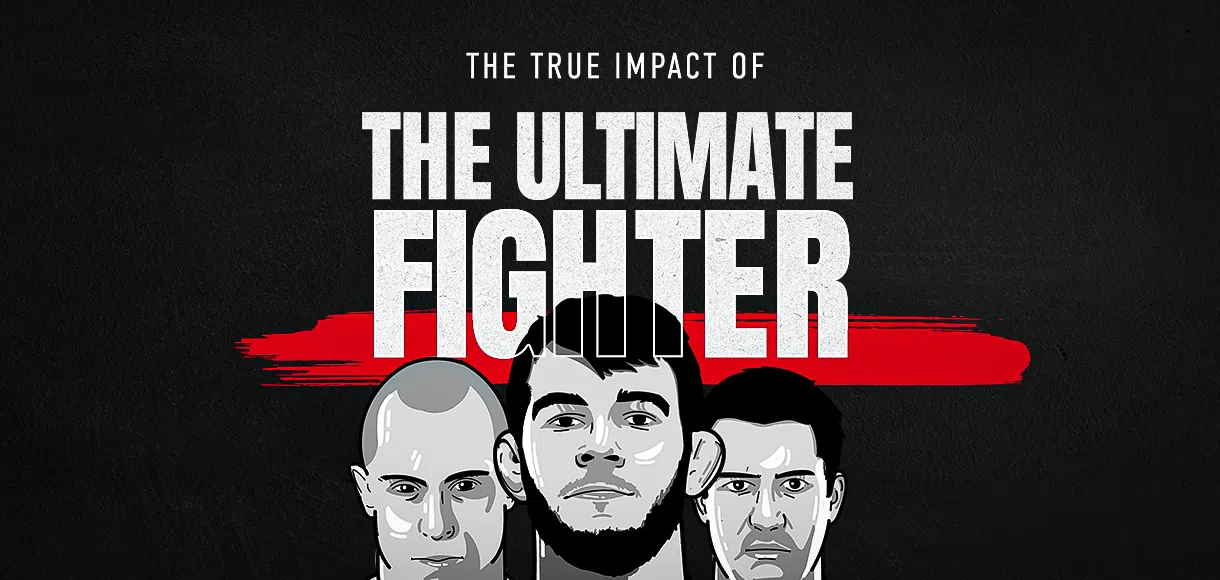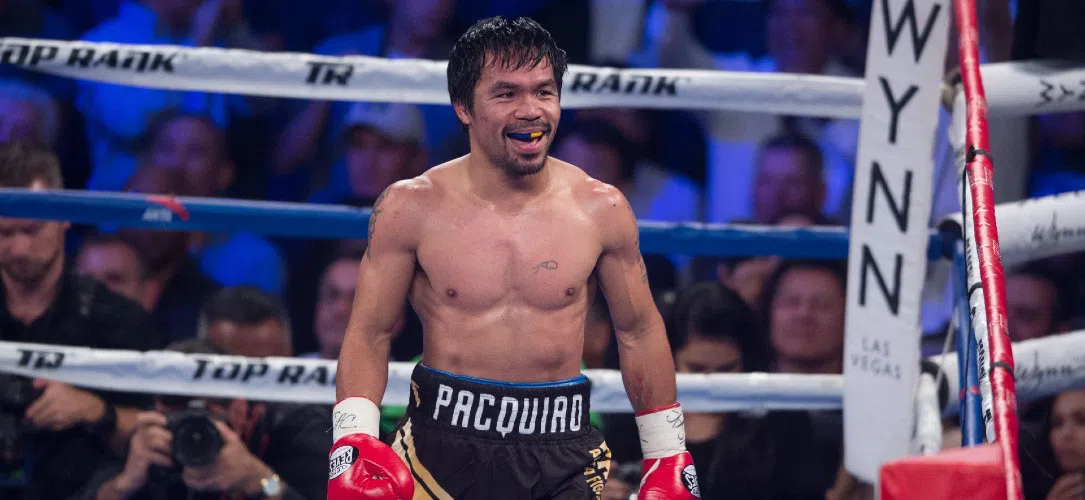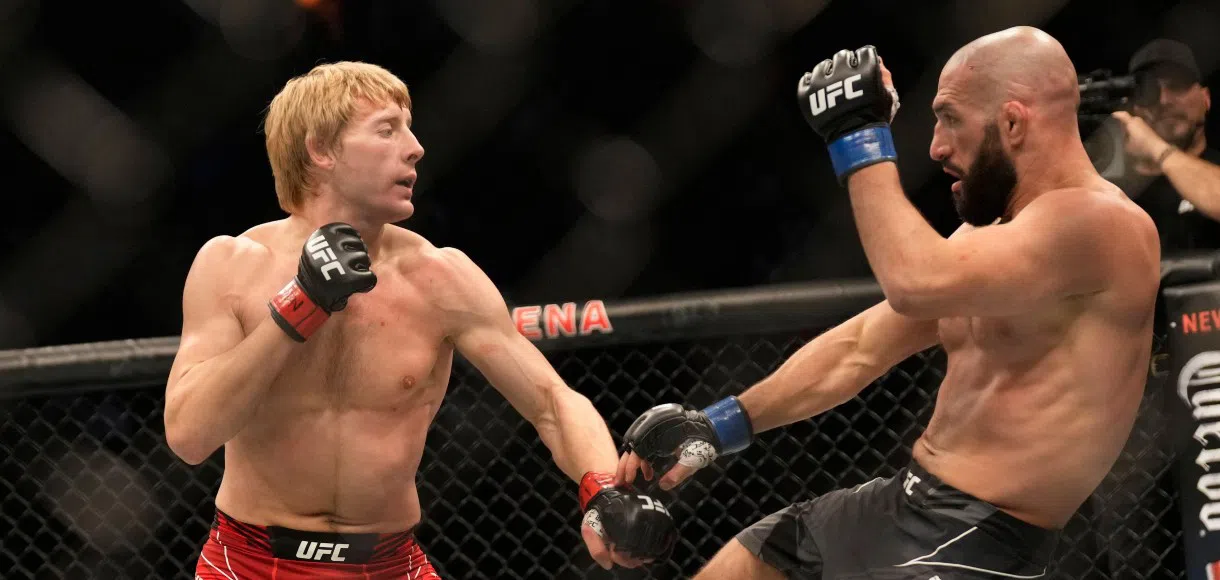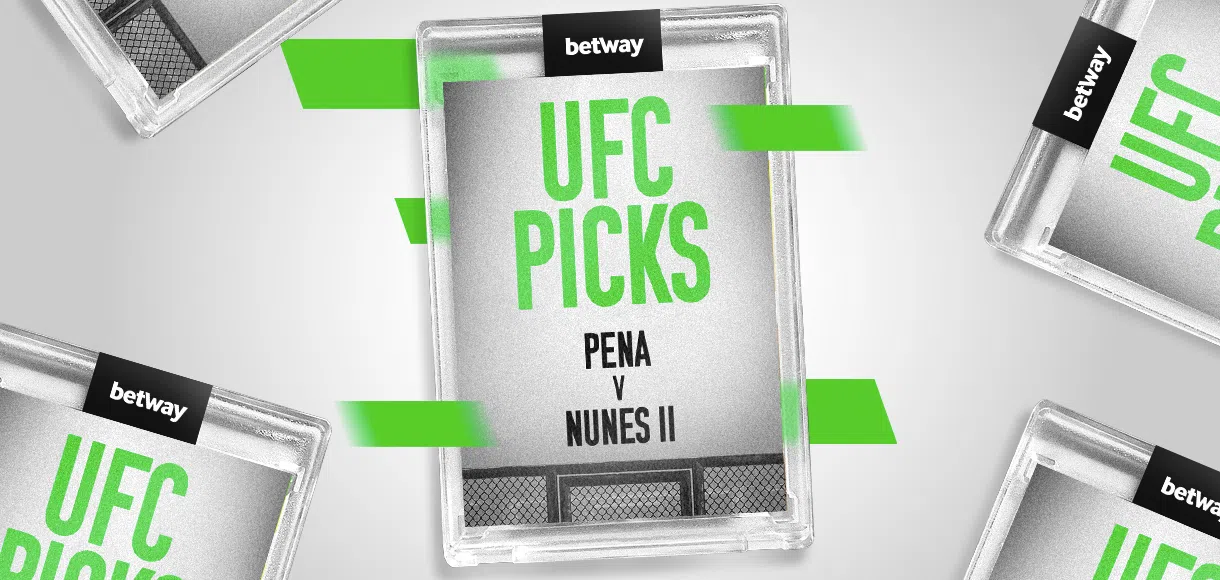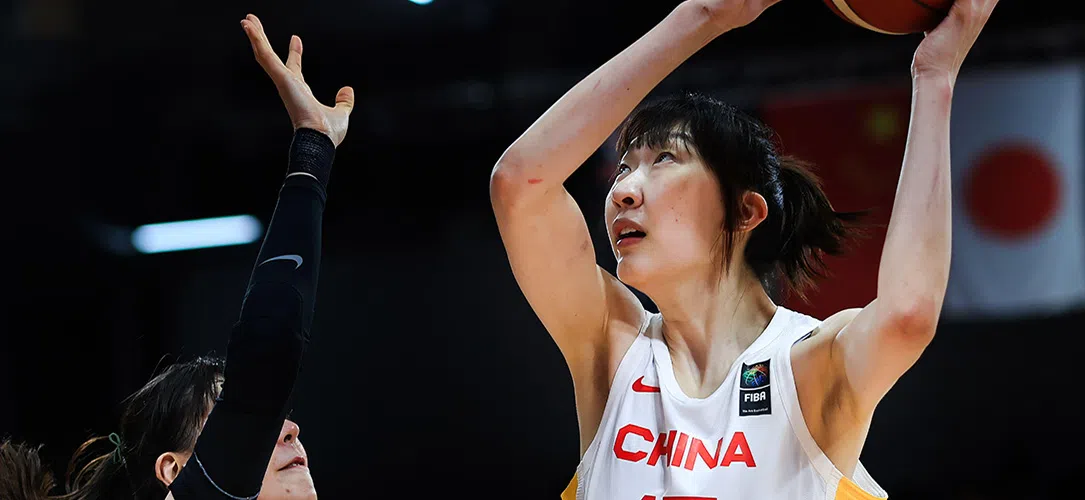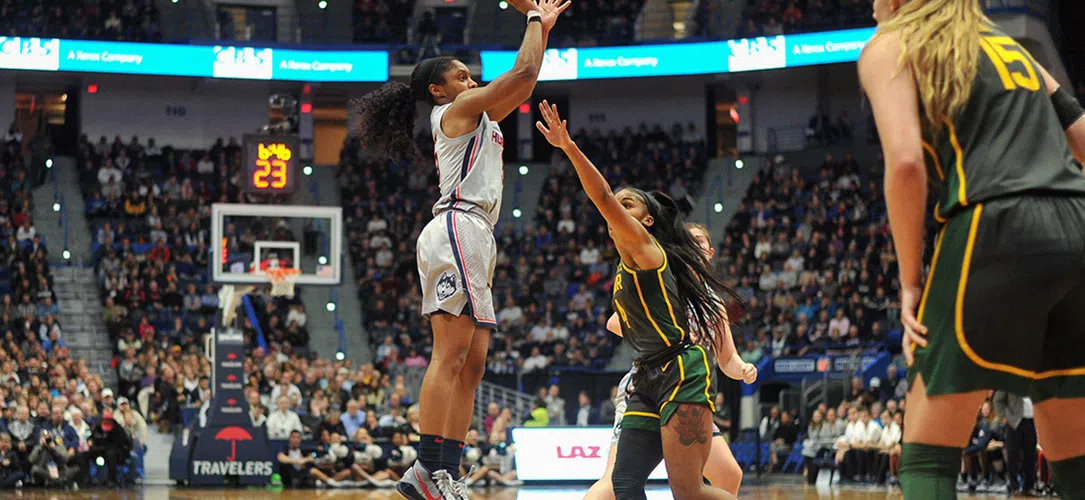The Ultimate Fighter not only saved the UFC from collapse in 2005, but also played a key role on its journey to becoming the world's biggest MMA promotion.
Mixed martial arts is a sport full of hyperbole, but it’s no exaggeration to say that The Ultimate Fighter saved the UFC.
The first season of the show, in which 16 fighters competed for two six-figure contracts, catapulted the company away from financial ruin and into the American mainstream.
The two winners, Forrest Griffin and Diego Sanchez – who is {ODDS:602472135:7/2} underdog to beat Jake Matthews at UFC 253 in the UFC betting – became overnight stars as three million people tuned in to watch the finale on 9 April 2005.
Griffin, in particular, played a starring role, with his all-out war against Stephan Bonnar widely accepted to be one of the greatest fights in UFC history and a turning point in the history of the organisation.
The impact that TUF 1 had on the trajectory of the UFC is well-known, but what about the ensuing 15 years and 37 seasons? How has TUF helped the UFC become the world’s biggest MMA promotion?
To fully understand this, we must first look at the numbers.
Since its creation in 2005, TUF has produced six Hall of Famers: Griffin, Bonnar, Sanchez, Rashad Evans, Michael Bisping and Matt Serra.
It has also helped 10 fighters towards a UFC belt: Griffin, Evans, Bisping, Serra, T.J. Dillashaw, Carla Esparza, Rose Namajunas, Nicco Montano, Robert Whittaker and Kamaru Usman.
The most recent of those champions, Usman, won TUF 21 in 2015 before being crowned welterweight king in March 2019, proving that the show still continues to produce world-class talent.
Alongside those who managed to win a belt, TUF has also produced a further 22 fighters who have challenged for a title.
Among these are TUF 1 winner Sanchez, who is set for his 32nd UFC fight at UFC 253, and TUF Brazil alumnus Paulo Costa, who challenges Israel Adesanya for the middleweight title at the same event.
As well as those who have won or challenged for a belt, TUF has also produced 105 UFC regulars – those with 10 or more fights in the promotion.
It is easy to forget about these fighters, but the UFC wouldn’t be able to survive without those who provide quality opposition for up-and-coming fighters and help to fill out cards by fighting three, four or even five times per year.
So, six Hall of Famers, 10 champions, 22 challengers and 105 regulars – these numbers alone illustrate the impact that TUF has had on the history of the UFC.
They don’t, however, tell the whole story.

MMA, like any sport, is built upon moments, and TUF has provided hundreds of iconic moments over the last 15 years.
TUF alumni have won 439 post-fight bonuses or, in other words, provided 439 incredible moments for fans of the sport since 2005 – nearly 30 per year.
Of those 439 bonuses, for which fighters receive $50,000, there were 212 Fights of the Night and 227 Performances of the Night.
Among those are some of the greatest moments in UFC history, including five Fights of the Year and one of the biggest upsets ever as TUF 4 winner Matt Serra knocked out Georges St-Pierre to become welterweight champion at UFC 69.
The impact of The Ultimate Fighter extends beyond the ring, too.
In the months prior to TUF 1, the UFC was struggling to sell pay-per-views – the financial lifeblood of the organisation.
The three events preceding the TUF 1 finale – UFC 49, 50 and 51 – attracted just 225,000 pay-per-view buys between them.
The event immediately following the TUF 1 finale – UFC 52, which took place just a week later – generated 300,000 alone, becoming the first UFC event to reach that mark.
In the 15 years since, the UFC have sold more than 90 million pay-per-views. The average price of an event during that time is around $45, meaning the UFC have made more than $4bn from pay-per-views since 2005.
As a result of this financial success, Zuffa – the UFC’s parent company, owned by the Fertitta brothers – was sold to WME-IMG for $4.025bn in 2016. They had bought the promotion for just $2m in 2001.
In the four years since that sale, the company’s valuation has continued to surge, with current estimates putting it at $7bn.
The final thing to consider is the UFC’s global reach.
Prior to 2005, the promotion had held events in just four countries: USA, UK, Japan and Brazil.
Since TUF 1, the UFC have staged 475 events across 21 different countries, including Canada, Australia, Mexico, Singapore, Philippines and the United Arab Emirates.
This ability to continually expand global reach – an indirect result of the success of TUF – has contributed heavily to the UFC’s development into the world’s biggest and most recognisable MMA brand.
To put this all simply: the UFC, as it is today, would not exist if not for TUF.
There would be no Conor McGregor, Ronda Rousey, Anderson Silva or Georges St-Pierre – at least in the way we now know them.
The same goes for president Dana White, who has become one of the most recognisable faces in American sport, and Bruce Buffer, whose voice has become synonymous with MMA.
There would be no Fight Island, UFC Performance Institute or UFC Apex.
The sport of mixed martial arts itself would likely be unrecognisable.
Instead, the UFC have been able to spearhead its development into one of the world’s fastest growing sports, while morphing into a multi-billion dollar sporting empire.
Many factors have contributed to that journey, but one thing is clear: it simply wouldn’t have happened without The Ultimate Fighter.
Visit Betway’s UFC betting page.

